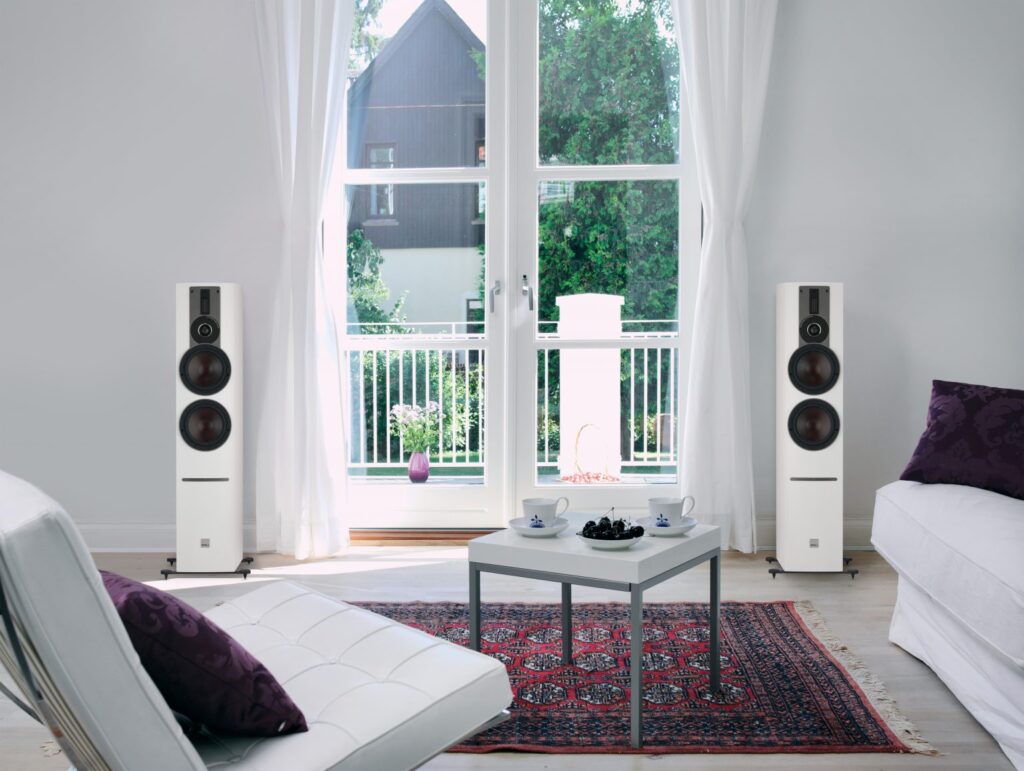Surround sound channels are mostly used to generate a sound environment. They can provide the impression of a broader sound image (ASW) as well as the feeling of being surrounded by the sound field (LEV). The generated spatial impressions by the surround loudspeakers are independent from the enclosure and is achieved by using proper delayed (>80 ms) and level-adjusted sounds sent to each channel.
In home theaters, absorption is more effective at higher frequencies due to material thickness commonly used and also as a consequence of room dimensions but eventually does not affect the desired envelopment which comes from the low-frequency range over which reflected sounds contribute to this spatial effect.
However, sound quality suffers due to an imbalance in consequence of absorbing the frequency ranges partially. Hence, the sound should be absorbed at least down to the transition frequency in all frequency ranges to the same degree.
The requirements
The requirements for surround channels delivering direct sound in equal quality to the entire listening area are higher compared to the front speakers which can be explained by the arrangement of the surround loudspeakers.
A well reproduced direct sound within a horizontal angular range of ±30◦ is therefore necessary. Nevertheless, conventional cone loudspeakers which can be considered to be a point source are failing to cause equal sound pressure levels at more than one seat. This can be explained by the reduction in the level of a spherical wave as it propagates away from a single point source.
This level decrease occurs with 6 dB per doubling of distance although in rooms with reflective surfaces it may be less. The approaches to address this problem are limited. Line sources might be one solution where sound declines at 3 dB per double-distance.
And for increasing the directivity index of this line source one might consider taking advantage of multiple point sources arranged on a shaded curved line array. The curved line can also be achieved by applying the right delays to each point source.
In this post, we explained Surround Channels; Other types of these methods that need to be mentioned to improve the sound will be published in future posts. These will pave the way for creating a home theater of the highest quality.
Although, we explored two types of sound absorbers that are effective in controlling sound reflections; Other types of these absorbers and the things that need to be mentioned to improve the sound will be published in future posts. These will pave the way for creating a home theater of the highest quality.



